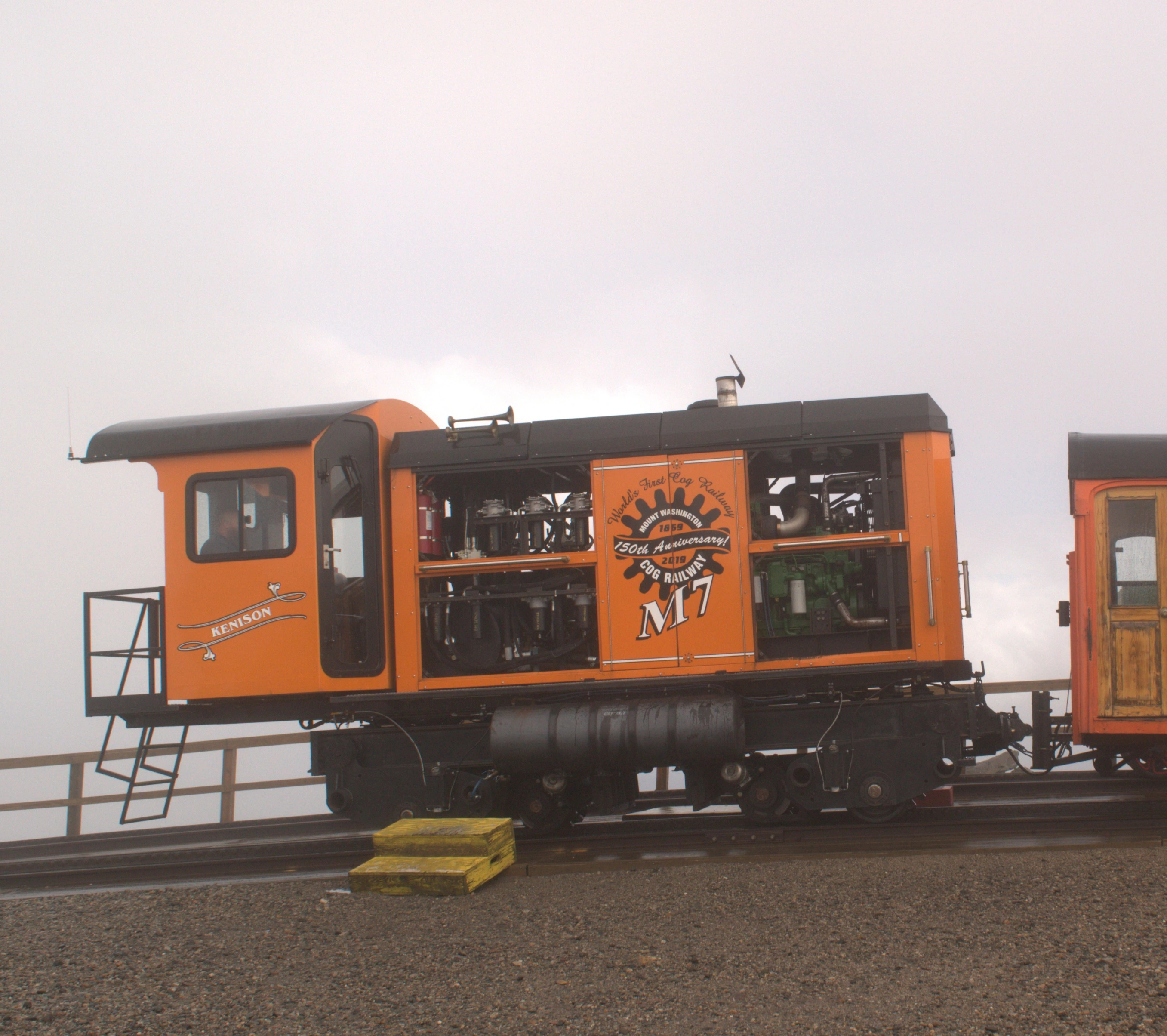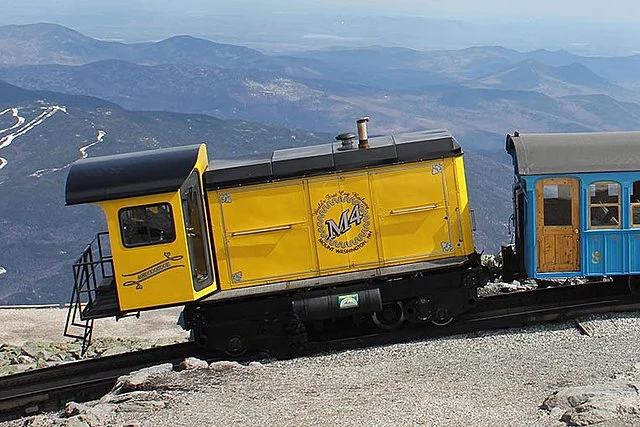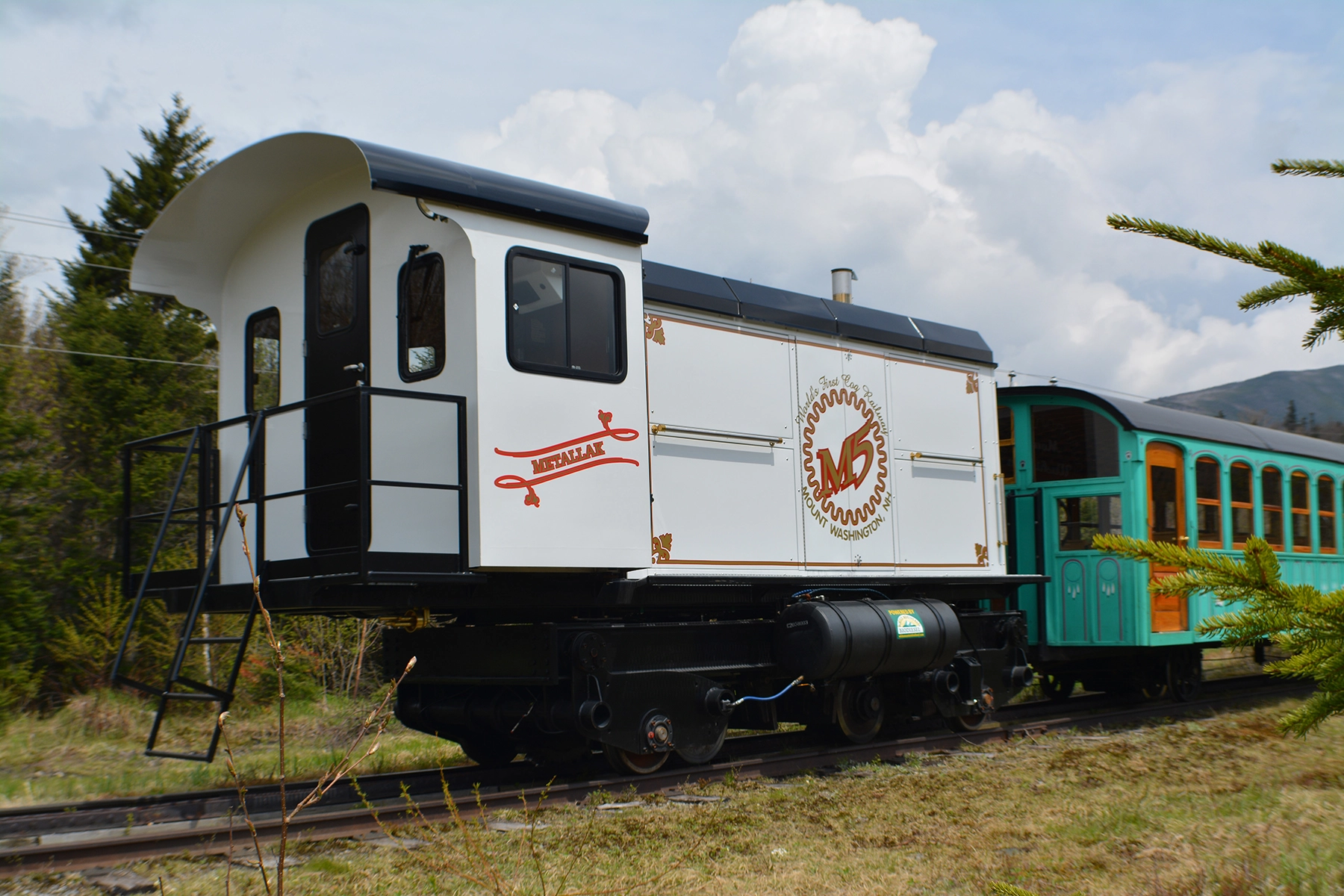Okay I posted this on the wrong comment by mistake. Here's some more technologies I think have cool potential:
Technology from the late 1800s, early 1900s combined in new solarpunk ways:
I think there's a lot of value in using energy in the form we receive it to minimize conversion losses, and in recent discussions I've been introduced to a couple new ones: solar steam generators which use trough reflectors or ranks of mirrors focused on long vacuum-lined tubes of water to produce steam which can run steam engines/generators. With clever application of steam storage tanks, they can even store excess pressure to keep it going when it’s dark, and to cycle fluid in the system using excess pressure rather than using pumps. This thread had some really cool info on how these went together and the ages of the various components: https://www.reddit.com/r/solarpunk/comments/1b8048e/comment/ktmjpst/?utm_source=share&utm_medium=web2x&context=3
(It also doesn’t have to be used to turn a turbine or generate power/motion. There’s tons of systems in industry that need steam for sterilization etc: https://solarimpulse.com/solutions-explorer/fresnel-solar-steam-generator-1)
Soda locomotives (which I think are covered well enough on this post).
Waterwheels - preferring the kind that didn't dam up the entire river but instead guided a part of it into a separate channel, where the waterwheel would be mounted. The remaining river would be undisturbed, which is better for the habitat, while still generating free motive power.
vapor-compression systems these were used in old-fashioned refrigerators but modern technology could optimize the design, and they could be matched with any steady motion from a water wheel etc.
I feel like streetcars are always worth mentioning, just because they were such an effective transport system for cities, even using quite early motors, metallurgy, electrical knowhow, and hitting their stride way before modern batteries that could power the vehicle they're riding in.
I should also mention solar furnaces, and solar ovens which can produce useful heat with fairly simple components (mirrors and a bit of math) which should be useful in any recovering society.
Airships: Despite seeing relatively little use, airship design has advanced tremendously in the last hundred years. Improved materials have allowed them to take more effective shapes, and improved engines, motors, batteries, and computer systems, have made them much easier to control.
Airships could open up some really cool possibilities: while they lack the speed of a jet, they have more capacity, and lower fuel requirements. While they lack the sheer capacity of a container ship, they’re a lot faster and use way less fuel. They can also fly over land, meaning they can reach all kinds of places ships can’t, and cut long detours around continents or transfers between vehicles. What’s more, airships can act as flying cranes, lifting bulky objects like wind turbines or assembled buildings right over obstacles, and to places where roads or trains simply couldn’t carry them.
Other ways to rethink industry:
When I first started trying to depict solarpunk industry, I looked at a way to use solar power to produce the heat needed to manufacture concrete but got overwhelmed trying to work out changes to rotary kilns that would allow for interfacing with a solar furnace, and eventually just did a scene of a solar steelworks. Ironically steel can be smelted just fine using an electric arc furnace, so it’d probably be easier to just use existing industry technologies and hook it up to a green grid. Ideally with reclaimed/recycled inputs.
But it sounds like there probably is a way to cook concrete with a solar furnace, we could model it off of these High Temperature Falling Particle Receivers more links
It sounds like the particles in these designs were just ways to store the heat, like the molten salt in some of the big solar concentrators, but there’s some cool potential for other uses like pouring the raw materials of concrete through to cook it. It’s not too different from a rotary kiln I don’t think.
This would be great because production of concrete accounts for a huge portion of our current society's energy expenditure/greenhouse gas production.
The kilns used to produce bricks appear to be somewhat compatible with a solar concentrators or solar furnace as well.
Woodgas conversions of internal combustion engines I like these because it emphasizes reuse of existing machinery instead of new manufacturing. It doesn’t require high-tech electronics or rare materials for batteries like electric vehicles. And it’s less practical for the kind of quick trip to the store or daily commute which has shaped our current society. A woodgas vehicle takes awhile (ten to twenty minutes to start up), can’t easily be stored indoors, and because the fire needs to burn down, doesn’t make much sense for short trips. But in a solarpunk society, most folks shouldn’t need a car for that stuff – they’d be walking or taking public transit. So conversions like this would be used for special trips – hauling produce to town, supplies out to forest management camps, research sites, and other remote locations. And perhaps for road trips by campers and other people who might borrow one for an adventure. The wood can be sustainably sourced, using scraps from sawmills, harvested invasive trees, brush, and even dedicated coppiced plantations of especially fast growing trees like paulownia elongata. One of the byproducts of gassification is biochar, which can be tremendously useful in compost, and holds carbon for a comparatively long time. I also think its important to note that while this can be done well, when these vehicles were previously used in massive numbers (during WWII) they led to deforestation. They make sense in small doses, and with some careful management of their inputs.
I got a bunch of good info from this person on reddit
Balanced systems (where waste products are useful):
Anaerobic Biogas Generation from sewage These things process sewage/manure down to where they can be used in agriculture safely, and they capture greenhouse gasses like methane and burn them in generators to produce power.
Passive Greenhouses/Walpinis: These use a bunch of really clever tricks to heat the greenhouses and to maintain temp at night, and in some cases, even during winter. The first time I saw an article about this design I was amazed I’d never considered how poorly standard greenhouses fit our use case up here. I worked on a farm for years growing up and we heated about half of them at least through December. Single or double ply plastic sheets and corrugated white plastic siding nailed to stick frame walls on the ends. Garage doors only on either end. I can’t imagine how much they cost to heat. It’s that one-size-fits-all-just-burn-more-gas approach I think a solarpunk society should reconsider wherever it finds it.
They bank the back (long) wall of the greenhouses with earth, or set them into a south-facing hill, to regulate their temperature using the ground, then they set up heat traps inside like black painted water tanks and water barrels, to absorb sunlight and radiate warmth at night. Another really cool one was storing bins of compost or manure inside, which put out both heat and CO2 as they decompose (making up for the lack of an oil furnace exhausting into the space to boost CO2. This way you capture CO2 before it escapes into the environment, and put it to use). Some farms further boost the heat and CO2 by sheltering animals inside or in a contiguous space with ventilation into the plant area.
Compost windrows there’s a lot of configurations for municipal scale composting, but with the negative pressure airflow system, there’s no reason you couldn’t be pulling the CO2 into the greenhouses or even an algae farm.
Sponge cities capturing storm water, effectively turning floodwater into drinking water they can use by allowing it to filter back down into the aquifer below. Especially when it comes with green areas that improve city life, lower daytime temperatures, and reduce the heat island effect.



Thank you so much! I really appreciate that you and others like the writeups - I love worldbuilding and thinking about these technologies, and the postcards are a fun excuse to do just that part of the writing. Sooner or later I'll work out a plot and finally write some actual fiction in the setting, but for now this has been a great time.
It's very cool that you came up with the same technology independently - its always fun when your speculation turns out to be viable